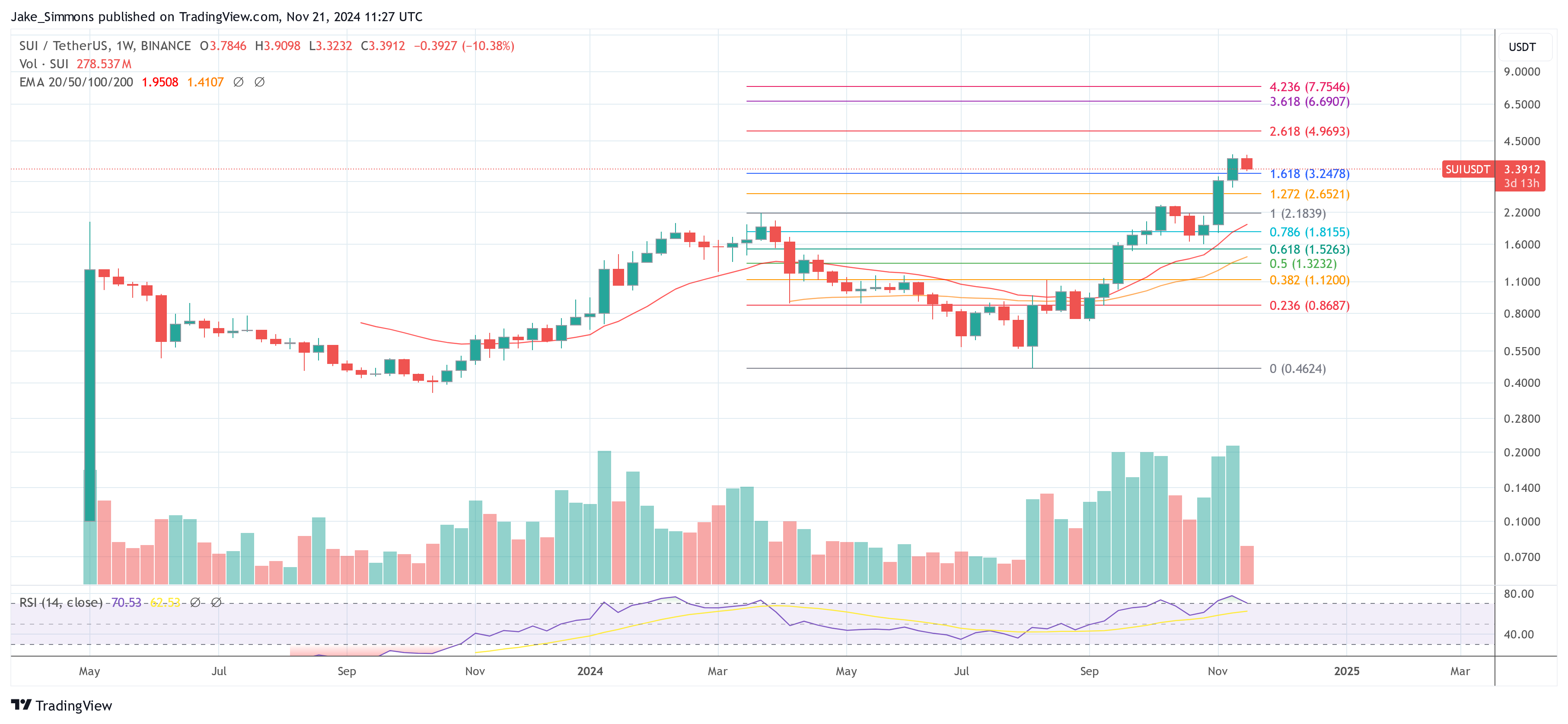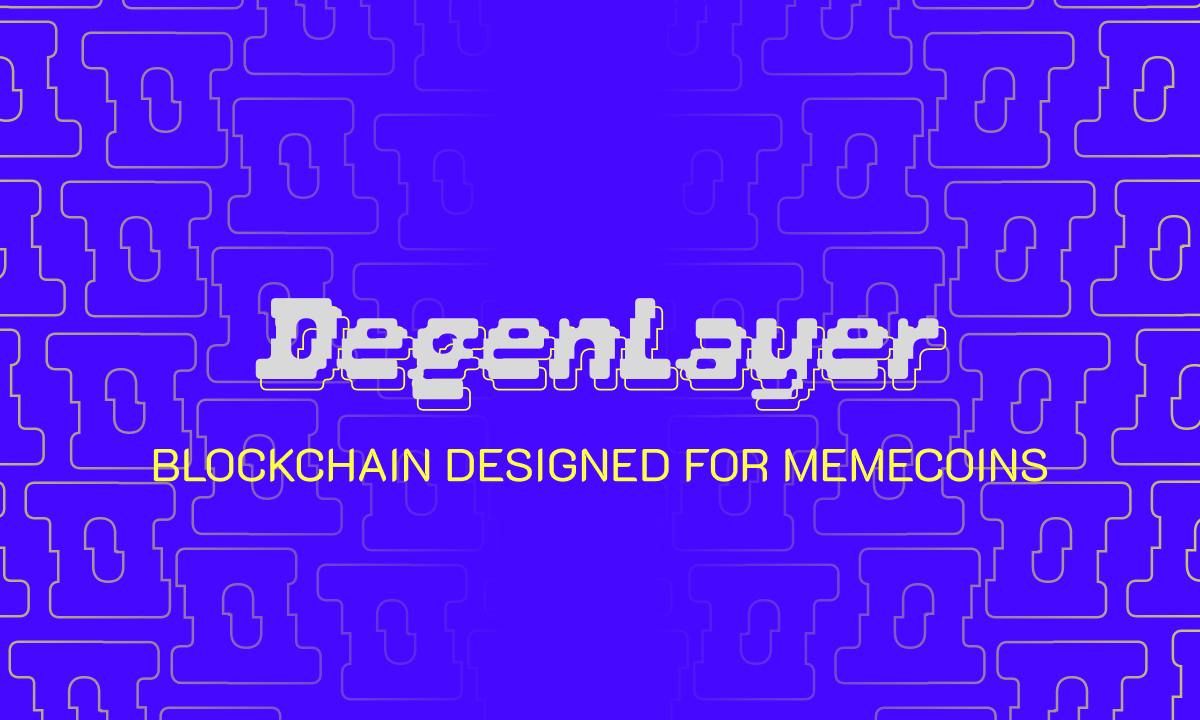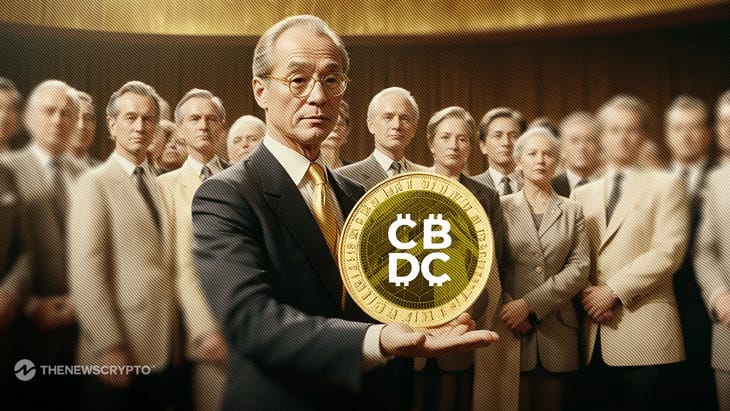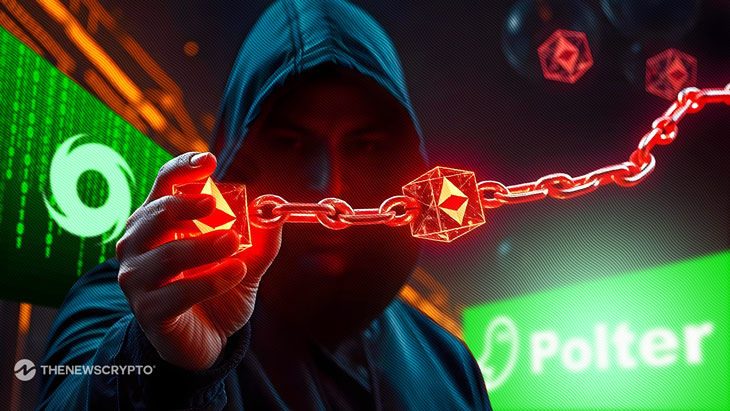
- Emin Gün Sirer highlights the need for regulatory clarity in the digital asset market.
- The classification of digital assets as securities or commodities remains ambiguous.
- Stablecoins offer stability but require comprehensive guidelines and oversight.
Renowned blockchain expert Emin Gün Sirer has released his written testimony before the highly anticipated House Financial Services Committee hearing. In his testimony, Sirer uncovers the pivotal matters involving blockchains and digital assets while addressing the associated regulatory difficulties.
My written testimony for the House Financial Services Committee hearing on blockchains and the future of digital assets is now public.
You can read it to preview what I’ll say and live stream the hearing at 2 p.m. ET tomorrow here:https://t.co/bv2pWTwCVT https://t.co/dtRlBmuN4F
— Emin Gün Sirer(@el33th4xor) June 12, 2023
The testimony delves into two key areas: digital asset market structure and the emergence of stablecoins. As the hearing approaches, stakeholders are eager to gain insights from Sirer’s extensive expertise.
Digital Asset Market Structure: Seeking Regulatory Clarity
Sirer’s testimony insists that the United States is in dire need of a uniform and explicit set of regulations governing digital assets. At present, a critical issue facing the country is whether to categorize these digital assets as securities or commodities.
Due to this uncertainty, stakeholders, consumers, and investors seek more transparency and coherence in the regulatory landscape. According to Sirer, to determine jurisdiction, the central question is whether the digital asset falls within the definition of security as defined by the SEC.
In addition, the testimony highlights the Howey Test, established by the Supreme Court in SEC v. W.J. Howey Co., which outlines four factors. As per the report, these factors collectively determine if an arrangement constitutes an investment contract.
These factors include an investment of money, a common enterprise, an expectation of profits, and profits derived from the efforts of others. However, certain characteristics of digital assets may challenge their classification as securities, introducing ambiguity into the regulatory landscape.
Sirer also points out that the inconsistent positions from regulatory bodies, such as the SEC and the CFTC, further complicate the matter. Disagreements on the classification of digital assets have been evident in recent enforcement actions, including the case of Binance.
While the CFTC deems certain digital assets commodities, SEC Chair Gensler considers most digital assets, excluding Bitcoin, securities. These conflicting stances underscore the pressing need for congressional action to establish a clear and unified regulatory framework.
Stablecoins: Facilitating Price Stability and Adoption
The testimony also addresses the growing prominence of stablecoins, a class of digital assets designed to maintain a stable value by pegging them to other assets, often the U.S. dollar. Stablecoins offer reduced volatility compared to other digital assets, enabling their use as a form of currency.
With their potential to bridge the gap between traditional finance and digital assets, stablecoins have gained significant traction. However, their proliferation has raised concerns regarding transparency, regulatory oversight, and potential systemic risks. To ensure the safe and effective use of stablecoins, Sirer advocates for comprehensive guidelines and appropriate oversight that balances innovation with investor protection.







